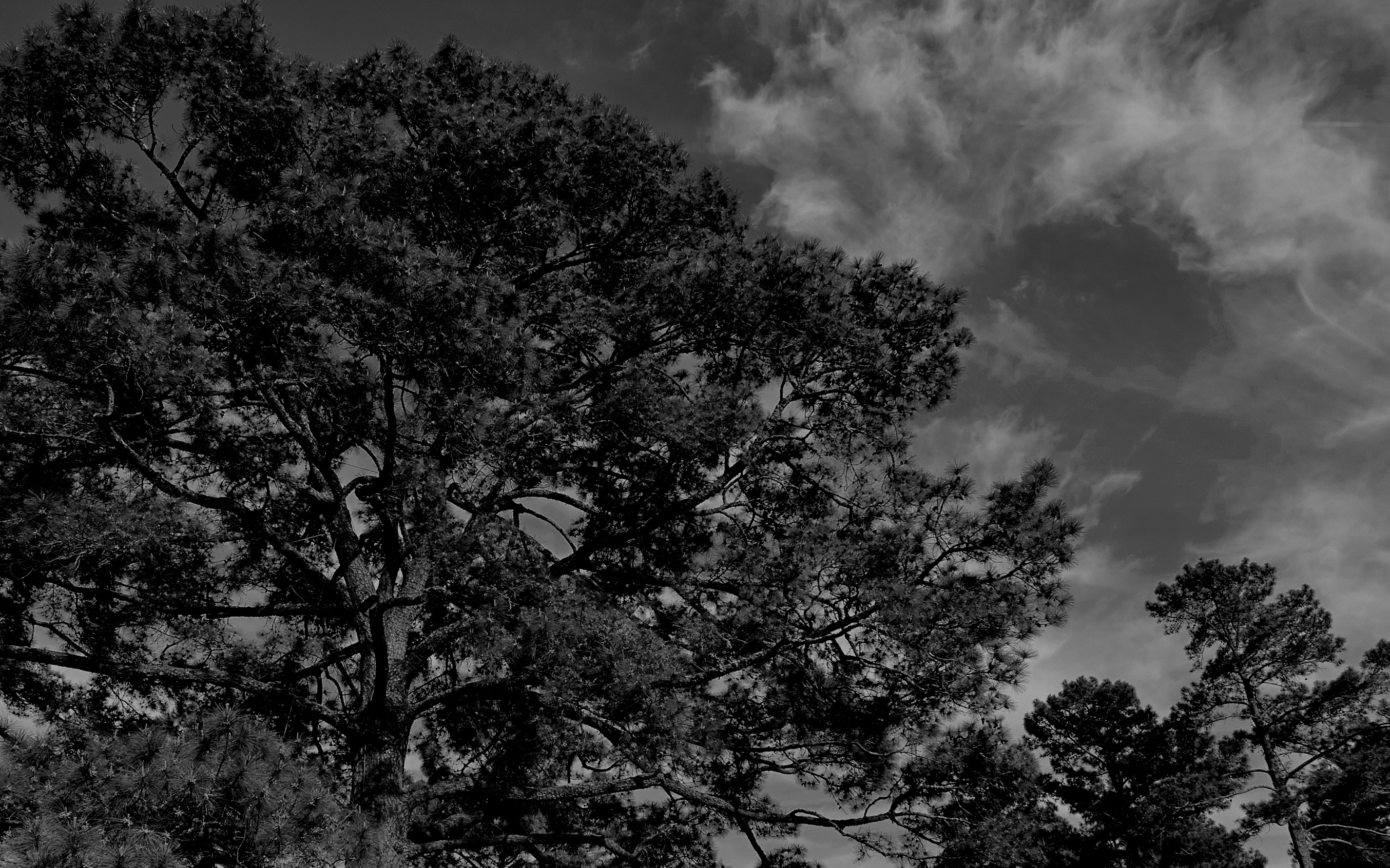Here we are now, three years out from the 2022 U.S. Open, and we can’t think of a better time to start commenting on the course that the competitors will see*.
*= Look, BPBM isn’t exactly that influential so this will probably be the last chance we get to play The Country Club before the U.S. Open / ever, so we’re going to go ahead and write a post about it. And yeah, we’ll probably run it again in the weeks leading up to the actual 2022 U.S. Open. Here’s our angle: We’re reporting on the 2022 U.S. Open before it was cool to report on the 2022 U.S. Open.
That said we do have a bit of a not-so-hot scoop provided by our playing partner (well-regarded within the world of golf blogdom and course analysis): The routing of the 2022 event itself.








